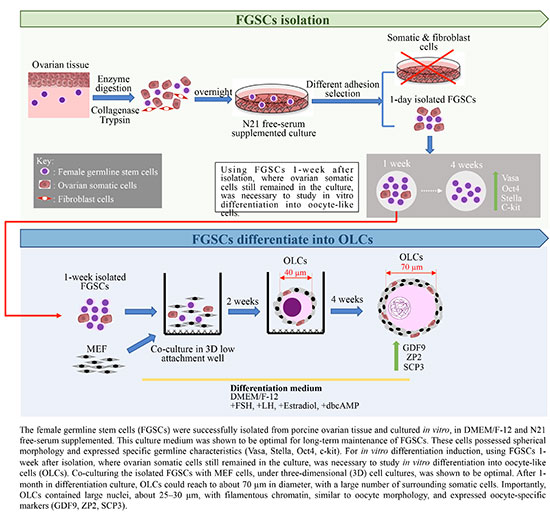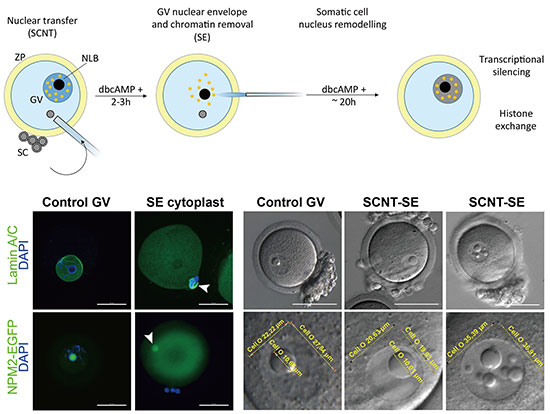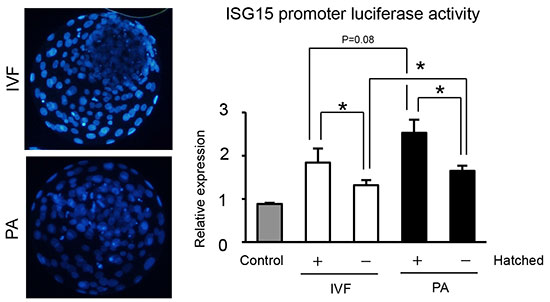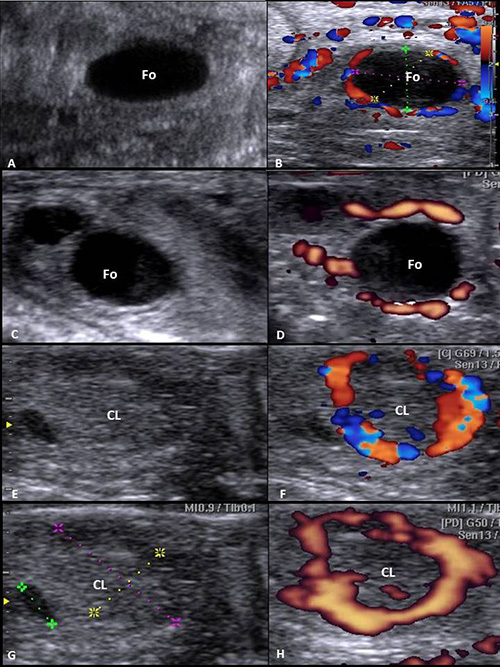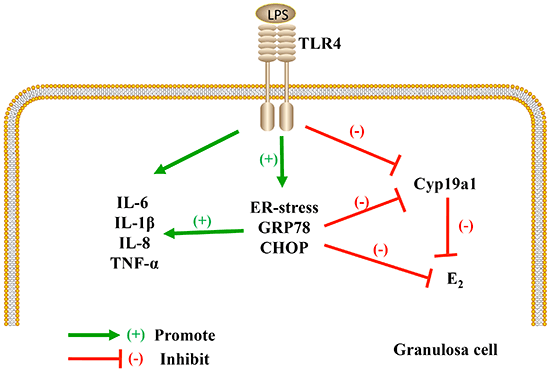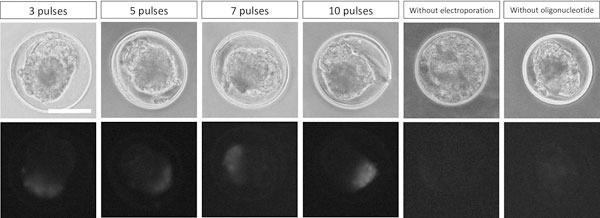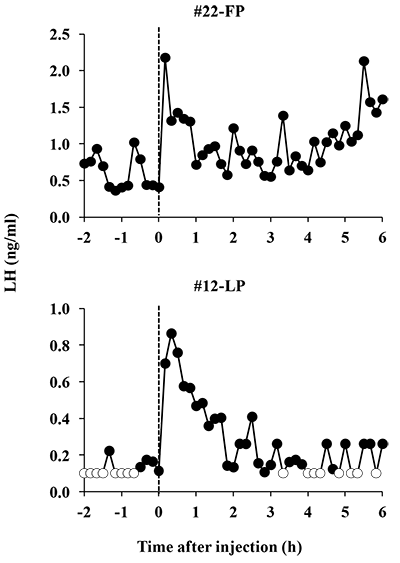- |<
- <
- 1
- >
- >|
-
Article type: SRD Innovative Technology Award 2018
2019Volume 65Issue 5 Pages 389-396
Published: 2019
Released on J-STAGE: October 23, 2019
Advance online publication: June 13, 2019Download PDF (665K)
-
Article type: Original Article
2019Volume 65Issue 5 Pages 397-406
Published: 2019
Released on J-STAGE: October 23, 2019
Advance online publication: May 31, 2019Download PDF (6169K) -
Article type: Original Article
2019Volume 65Issue 5 Pages 407-412
Published: 2019
Released on J-STAGE: October 23, 2019
Advance online publication: June 16, 2019Download PDF (1148K) -
Article type: Original Article
2019Volume 65Issue 5 Pages 413-421
Published: 2019
Released on J-STAGE: October 23, 2019
Advance online publication: July 14, 2019Download PDF (2588K) -
Article type: Original Article
2019Volume 65Issue 5 Pages 423-432
Published: 2019
Released on J-STAGE: October 23, 2019
Advance online publication: August 04, 2019Download PDF (2289K) -
 Article type: Original Article
Article type: Original Article
2019Volume 65Issue 5 Pages 433-441
Published: 2019
Released on J-STAGE: October 23, 2019
Advance online publication: August 18, 2019Editor's pickCover Story:
The oocyte is the only cell that can reprogram a somatic nucleus to totipotency. The process of reprogramming is, however, only partially understood, and is accompanied by both epigenetic and structural changes in the somatic nucleus. The oocyte components that are necessary for a successful reprogramming and remodeling are unknown. In this issue, Fulka H et al. demonstrate that rather than the insoluble nuclear envelope, together with chromatin-bound factors, or the cytoplasm alone, it is the soluble nuclear fraction that has a major effect upon the somatic nucleus (Fulka H, et al.: Dissecting the role of the germinal vesicle nuclear envelope and soluble content in the process of somatic cell remodeling and reprogramming. pp. 433-441). This fraction is essential for altering the size of the somatic nucleus as well as transcriptional silencing and efficient histone H3.3 incorporation.Download PDF (2122K) -
Article type: Original Article
2019Volume 65Issue 5 Pages 443-450
Published: 2019
Released on J-STAGE: October 23, 2019
Advance online publication: August 03, 2019Download PDF (1032K) -
Article type: Original Article
2019Volume 65Issue 5 Pages 451-457
Published: 2019
Released on J-STAGE: October 23, 2019
Advance online publication: August 10, 2019Download PDF (1193K) -
Article type: Original Article
2019Volume 65Issue 5 Pages 459-465
Published: 2019
Released on J-STAGE: October 23, 2019
Advance online publication: August 11, 2019Download PDF (1381K) -
Article type: Original Article
2019Volume 65Issue 5 Pages 467-473
Published: 2019
Released on J-STAGE: October 23, 2019
Advance online publication: August 26, 2019Download PDF (1500K)
-
Article type: Technology Report
2019Volume 65Issue 5 Pages 475-479
Published: 2019
Released on J-STAGE: October 23, 2019
Advance online publication: June 10, 2019Download PDF (1004K) -
Article type: Technology Report
2019Volume 65Issue 5 Pages 481-484
Published: 2019
Released on J-STAGE: October 23, 2019
Advance online publication: August 12, 2019Download PDF (660K)
- |<
- <
- 1
- >
- >|




